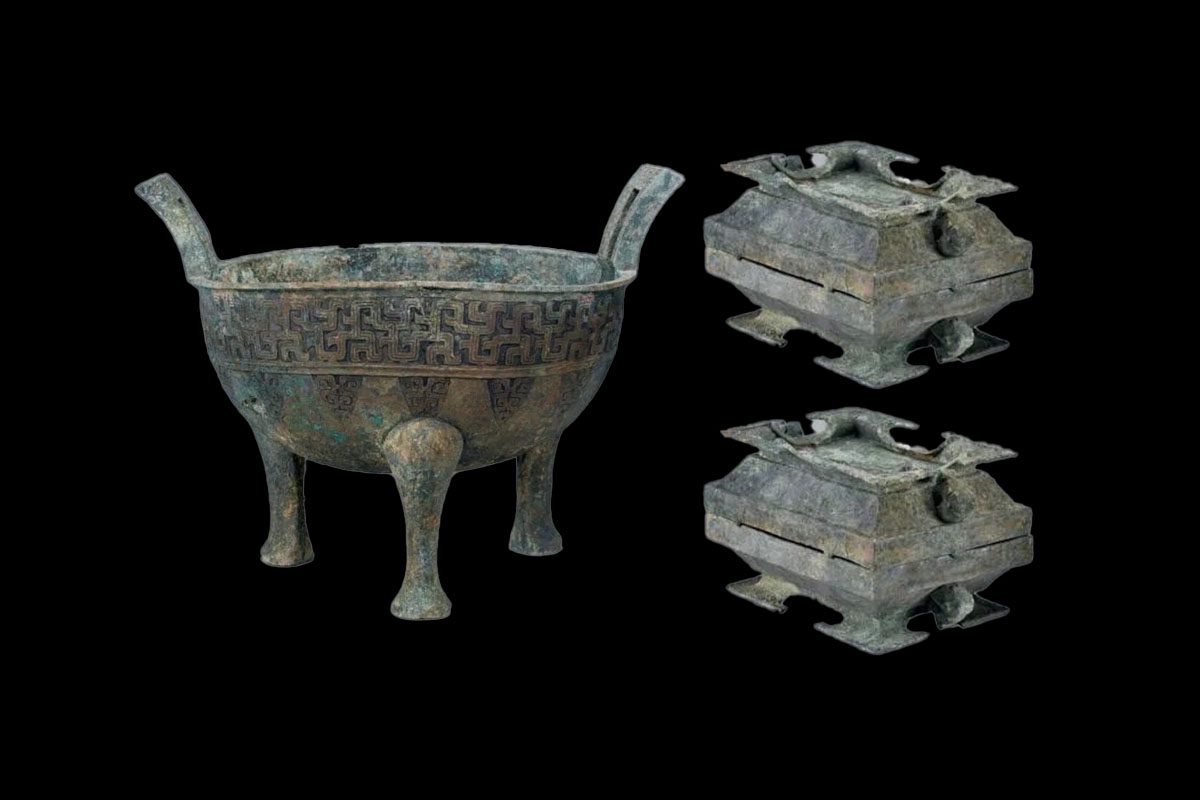Archaeologists have uncovered 2,000-year old bronze wares during excavations of the Taosi North Cemetery in Shanxi Province.
In a press statement by the Shanxi Provincial Institute of Archaeology, the cemetery was discovered due to illegal excavations by tomb robbers in 2014.
The site covers an area of 240,000 square metres and is located to the north of the Taosi village, Xiangfen, Shanxi Province.
Archaeologists have recently uncovered 5 tombs from the Spring and Autumn period, in addition to bronze wares typical of the Jin Dynasty (AD 266–420), the Chu period (1030 BC – 223 BC) and the Qilu culture.
The Spring and Autumn period lasted from approximately 770 to 481 BC and derives from the Spring and Autumn Annals, a chronicle of the state of Lu between which tradition associates with Confucius.
Within tomb designated 2015M1, the team found bronze wares such as a standing-eared tripod, a dun shaped pot, a mirror, a plate, a bell, and a hoop.
Tomb’s 2015M1 and 2016M2 contained the burials of a man and woman, who were found in a stone chamber with a two-story platform. Both tombs were accompanied with funerary offerings of eared tripods and chimes.
Wang Jingyan, lead archaeologist of the project explained that most of the objects in 2015M1 are typical Jin-style bronzes that are based on ceramic forms from the same period.
Copper hairpins found at the site are within the expansion area of the Chu State, while copper plates found in 2015M1 are of the Qilu culture style mostly found in the Shandong area.
Header Image Credit : Shanxi Provincial Institute of Archaeology
Sources : Institute of Archaeology, Chinese Academy of Social Sciences







